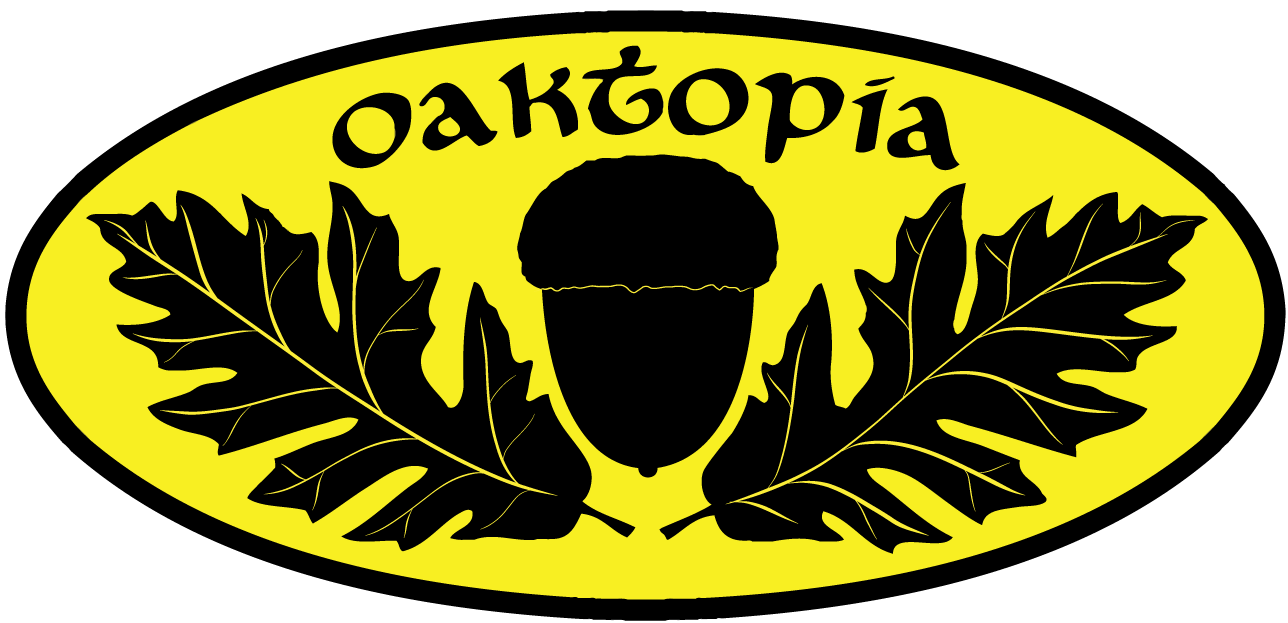Texas Live Oak
Quercus fusiformis x virginiana
In Texas, all the trees in the escarpment oak/southern live oak (Quercus fusiformis/Quercus virginiana) lineage of closely related oak species are simply called "Live Oaks". Looking more carefully, an interesting pattern emerges. In the wet eastern portion of Texas, with a climate similar to the rest of the southeastern US from Louisiana to Florida and the Carolinas, the live oak is southern live oak, whose range continues right to the Atlantic Ocean and the Gulf of Mexico.
Heading westward in Texas, the climate becomes much more arid and drought-prone, and the soil pH begins it's change from the acidic soil that characterizes the American southeast, to the alkaline soils that define the arid and desert West. The Texas Hill Country can be considered the buffer region between the wetter eastern climate zones and the drier western climate zones. With less precipitation, and increasingly alkaline soil, another live oak emerges, subtly different from southern live oak
This is the escarpment oak, and its range continues into West Texas, and southward into Mexico. But in the transition zone between southern live oak and escarpment oak, mixtures of the two species become common. southern live oak types tend to be in the wettest locations, while escarpment types will be found on the driest locations. Between these extremes, all manner of hybrids can be found. In Austin and other central Texas cities, it's quite hard to tell exactly which species any individual tree belongs within. Thus, practical Texans simply call them all live oaks, and they all seem to grow equally well.
In California, southern live oaks have been planted, in limited numbers, since the late 1800s. They have performed surprisingly well, and southern live oak is still commonly planted today in California cities. But southern live oak has a very spreading growth habit, without apical dominance, which is far from an ideal shape for an urban tree. So while Southern live oak will indeed grow under a wide variety of California urban conditions, it requires a bit of thoughtful clearance pruning in the first decade or so of its urban California life, after which it holds clearances nicely for the lifespan of the tree.
This is where escarpment oak has an advantage. It has an upright growth habit, with something approximating apical dominance. Escarpment oak has greater apparent drought tolerance than southern live oak, and, interestingly, it adds trunk girth much more quickly than southern live oak, which is known for a surprisingly slender trunk girth when the tree is young.
A real urban advantage of southern live oak is its small acorn size, though in California, it is quite rare for even old southern live oaks to make any acorns at all. While we in California don't yet know the fruiting behavior of escarpment oak, we do know that the pure species produces acorns that look like those of southern live oak, but are much larger in size, which can be problematic in urban settings.
But enough about the pure species, what about the hybrids between southern live oak and escarpment oak? If you have spent much time in the cities of Arizona, or southern New Mexico, you may have noticed the southern live oak-looking trees that are somehow surviving in unwatered street tree locations in Phoenix, Tucson and other baking hot Southwestern cities.
Looking closely at these trees, it's clear that they are hybrids of the escarpment oak and southern live oak. There are a range of growth habit visible in these trees, with some being more upright and apically dominant in growth habit, while others have the characteristic "mushroom" growth habit of southern live oak. Examples of these hybrids are growing well at Apple Park in Cupertino.
To get the best possible of these hybrid oaks for California, we have learned to collect acorns only from the most upright of the hybrid, and the resulting trees are among the most durable and resilient of all oak tree types that have been tested in California. Highly recommended for further testing and use in urban California. Superior seed selections should be identified and put into production.


















